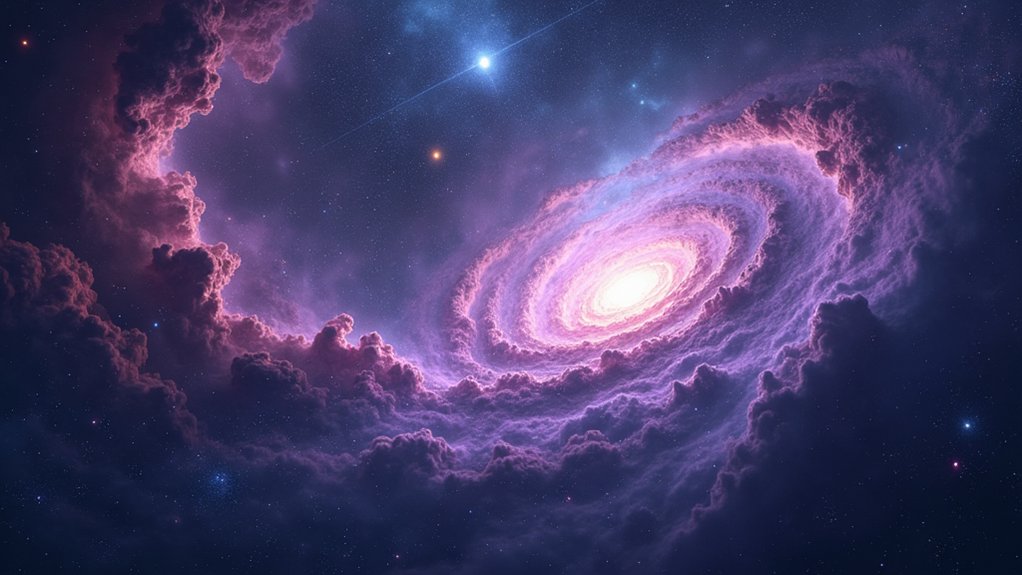The Sun is basically a gigantic nuclear fusion reactor floating in space. And not just any reactor – this is the most powerful one in our entire solar system. This massive ball of superhot gas has been burning for billions of years, and it’s not planning to stop anytime soon. Let’s be real: without this cosmic furnace, we wouldn’t even exist.
What makes the Sun so ridiculously hot? Simple – nuclear fusion. Deep in its core, hydrogen atoms slam into each other with such incredible force that they actually merge into helium. This process releases an insane amount of energy. We’re talking about temperatures reaching 27 million degrees Fahrenheit in the core. That’s not a typo. It’s literally millions of degrees in there.
The Sun’s surface is actually cooler than its core – a mere 10,000 degrees Fahrenheit. Still hot enough to vaporize anything known to us, but practically frigid compared to the core. And here’s the crazy part: all that heat and energy take thousands of years to travel from the core to the surface. Talk about the world’s longest commute.
Every single second, the Sun converts about 600 million tons of hydrogen into helium. That’s like turning the weight of all the world’s oceans into a completely different element. The energy released in this process is what keeps everything on Earth alive. Plants grow, winds blow, and your morning coffee stays hot – all thanks to solar energy.
The Sun’s been doing this whole fusion thing for about 4.6 billion years. Pretty impressive track record, right? But nothing lasts forever. In about 5 billion years, it’ll run out of hydrogen fuel and start burning helium instead. That’s when things get really interesting – and by interesting, we mean catastrophic for any nearby planets.
Scientists can actually study the Sun’s heat patterns using specialized equipment. They’ve discovered that our star isn’t even particularly hot compared to others in the universe. Some stars burn at temperatures many times hotter than our Sun. Just imagine what those worlds must be like. Actually, don’t – they’re probably just cosmic wastelands of melted everything.
Conclusion
The Sun’s incredible heat comes from nuclear fusion reactions deep within its core, transforming hydrogen into helium. Like a cosmic furnace, it burns relentlessly, powering all life on Earth. While humans harness fire and electricity, nothing matches the raw power of our nearest star. Its surface blazes at 10,000°F, yet that’s just a glimpse of the inferno within. The Sun reminds us just how small we are in this vast, scorching universe.







